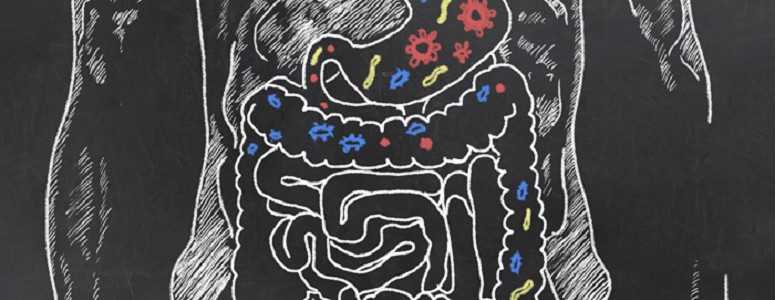A new study shows how specific compounds released from fat tissue play a role in mediating inflammation and the development of insulin resistance.
While previous research laid the groundwork for how inflammation in fat tissue can mediate insulin resistance, this new study elucidates the true nature of this inflammatory process as one underlying cause of type 2 diabetes.
In a paper, published in the journal Cell, researchers from the University of San Diego School of Medicine explain that obesity leads to the infiltration of fat tissue by immune cells primarily responsible for the inflammatory response known as macrophages.
These macrophages are a prominent source of ‘proinflammatory’ cytokines, such as tumor necrosis factor-α (TNF-α) and interleukin-6 (IL-6), that can block insulin action in fat cells, a characteristic which links inflammation to insulin resistance.
Researchers found that, as inflammation sets i, macrophages create and secrete culprit compounds also tied to insulin resistance called adipose tissue–derived exosome-like vesicles (ELVs).
ELVs can be thought of as extremely small vesicles or sacs that moves between tissues and engage in a cross-talk between macrophages, metabolic tissues and macronutrient metabolism – the flux and storage of nutrients.
After using fluorescent dyes to follow their fate, researchers noticed that ELVs move from fat tissue through the blood to infiltrate muscle and liver tissues, potentially causing all sorts of metabolic derangements along the way.
For example, research conducted on mice suggested that injecting animals with ELVs released from the (inflamed) fat tissue of obese mice can lead to decreased glucose uptake or glucose intolerance and reduced insulin signaling which enhances insulin resistance.
What happens is that, when ELVs get into other tissues, they can use what’s called microRNAs (miRNAs) to regulate gene expression and, therefore, biological processes in different tissues.
The study team behind the latest findings on these circulating exosomal miRNAs has found that the process can be reversed, meaning they could restore insulin sensitivity to obese mice by treating them with exosomes from lean mice.
Further research will look to sequences ELVs to find out which of the several hundred of miRNAs they contain directly induce insulin resistance and other metabolic dysfunctions increasing the risk for type 2 diabetes.
What's new on the forum? ⭐️
Get our free newsletters
Stay up to date with the latest news, research and breakthroughs.





